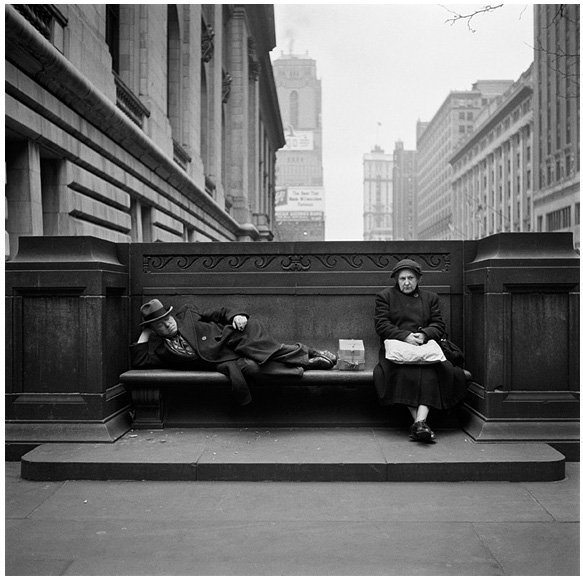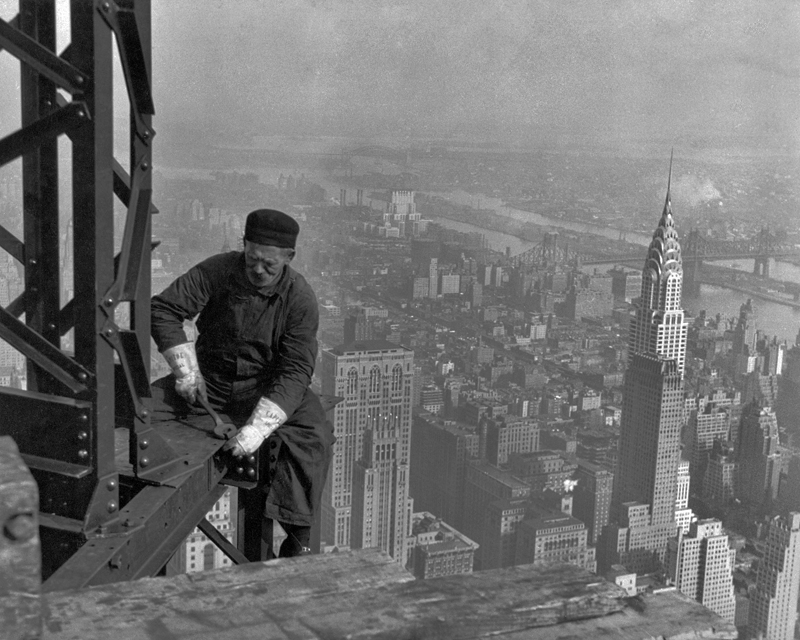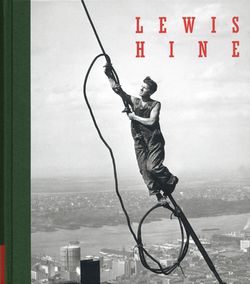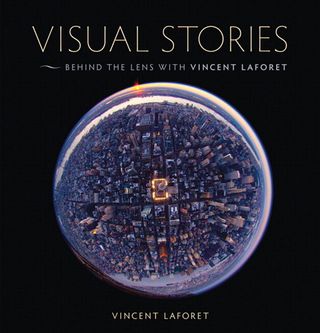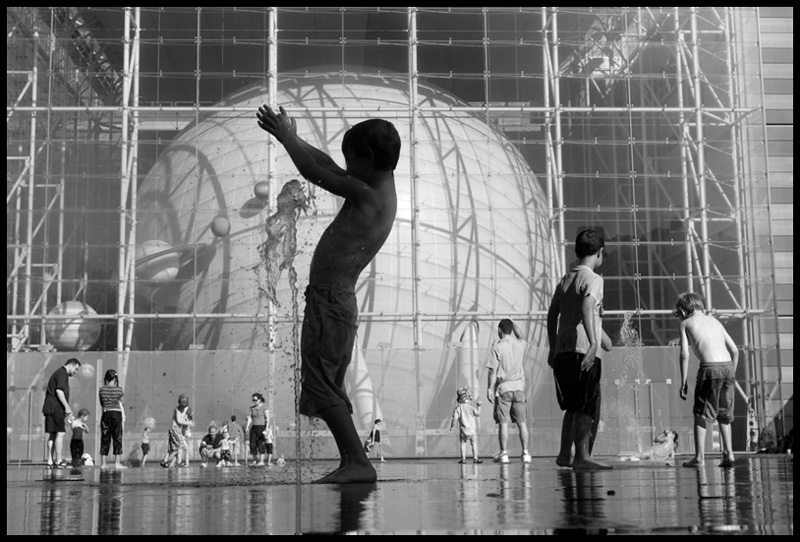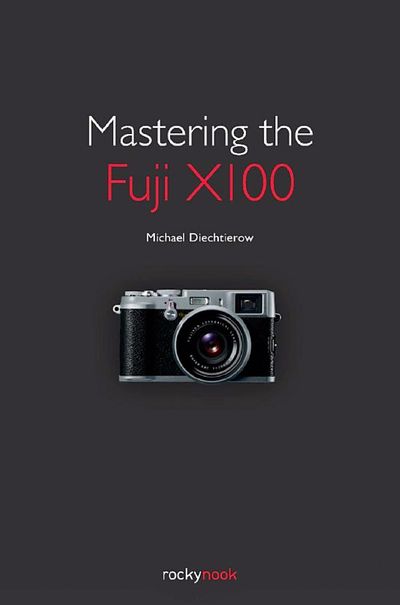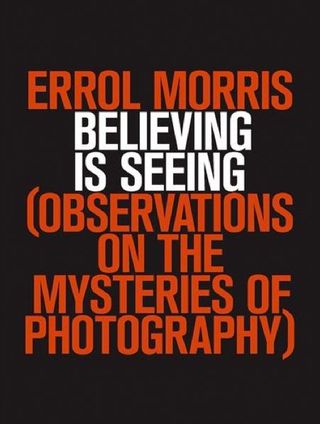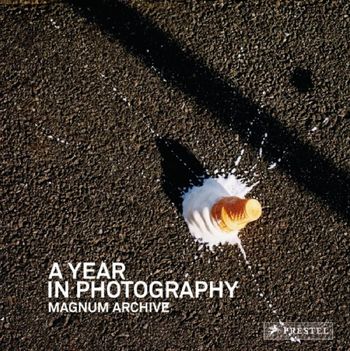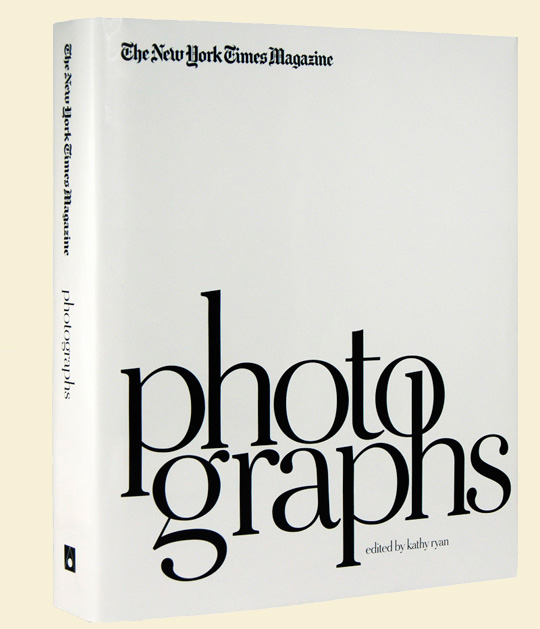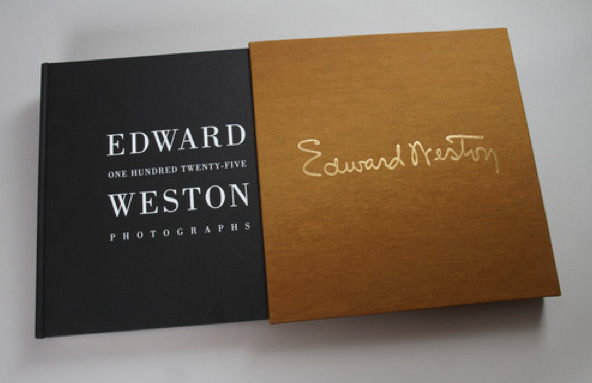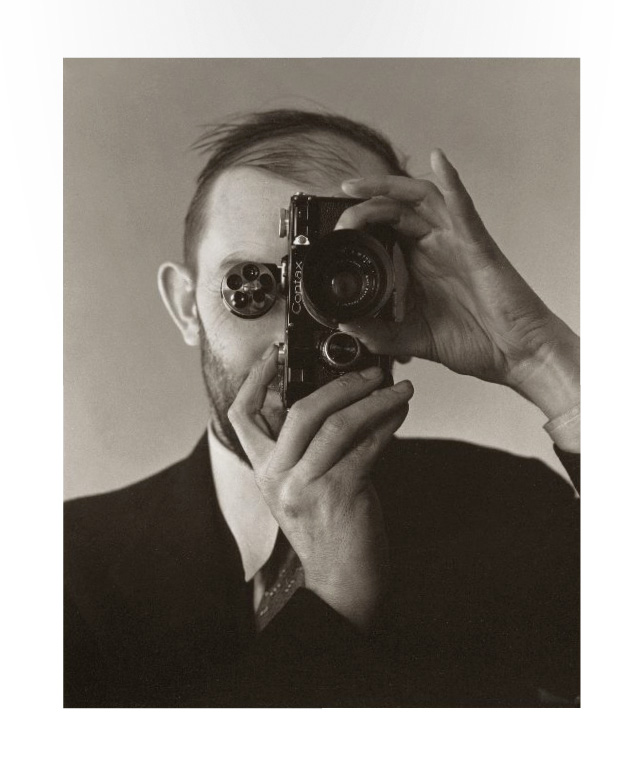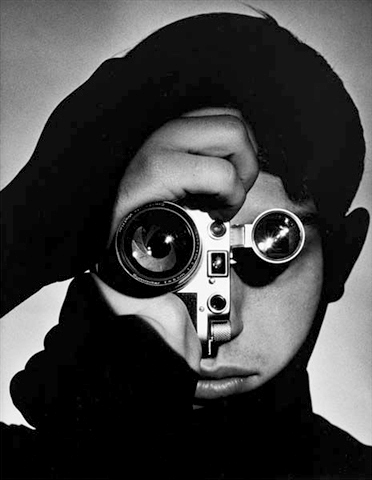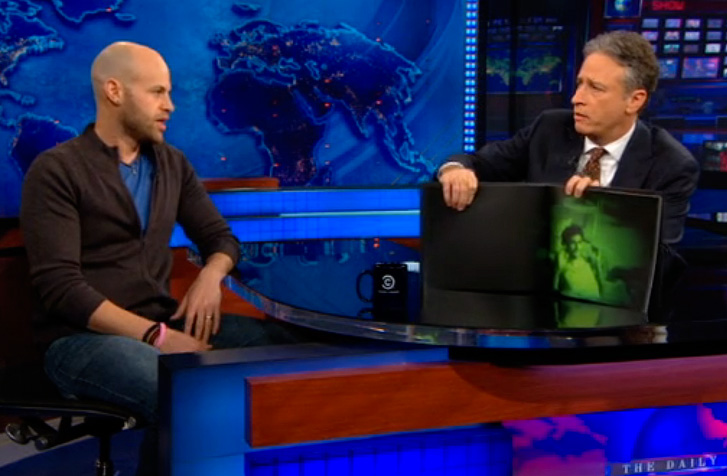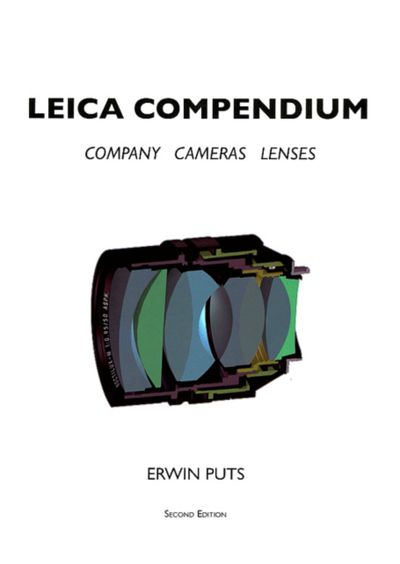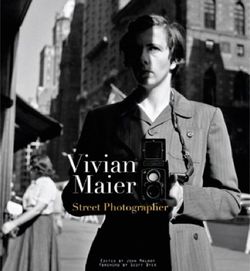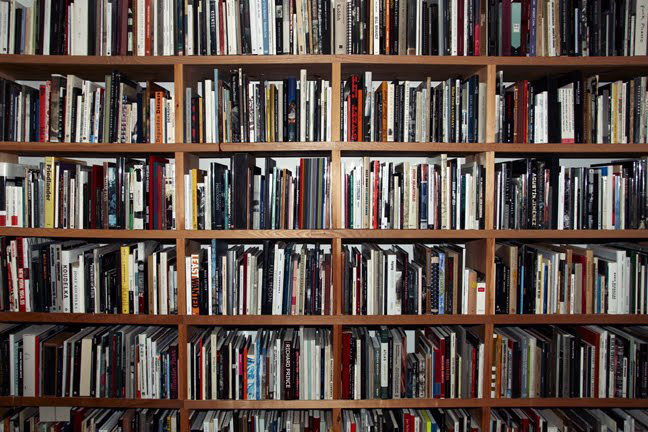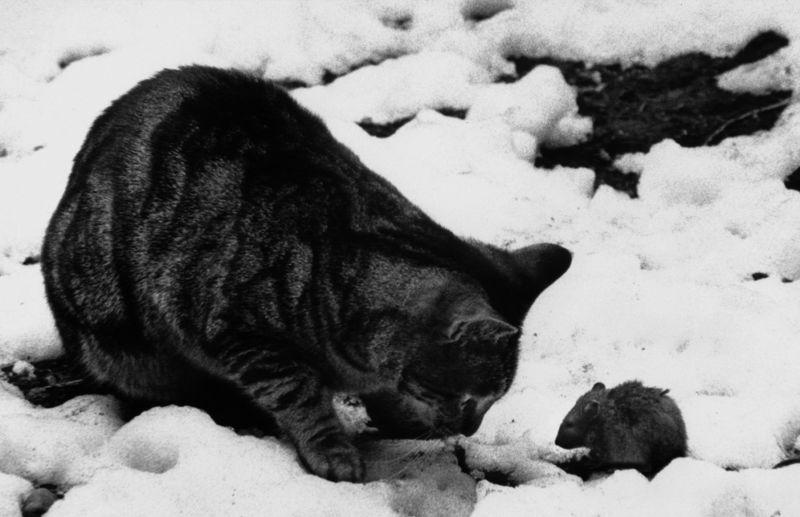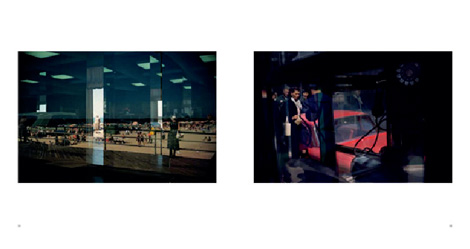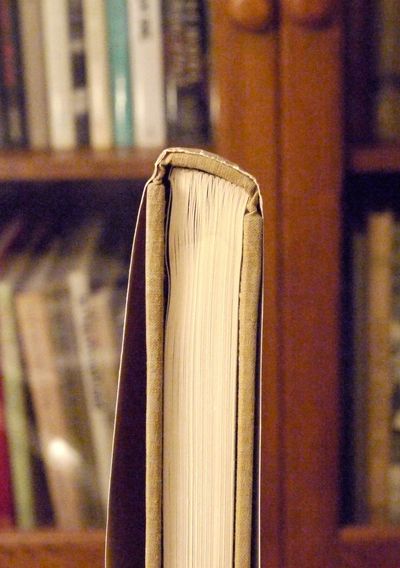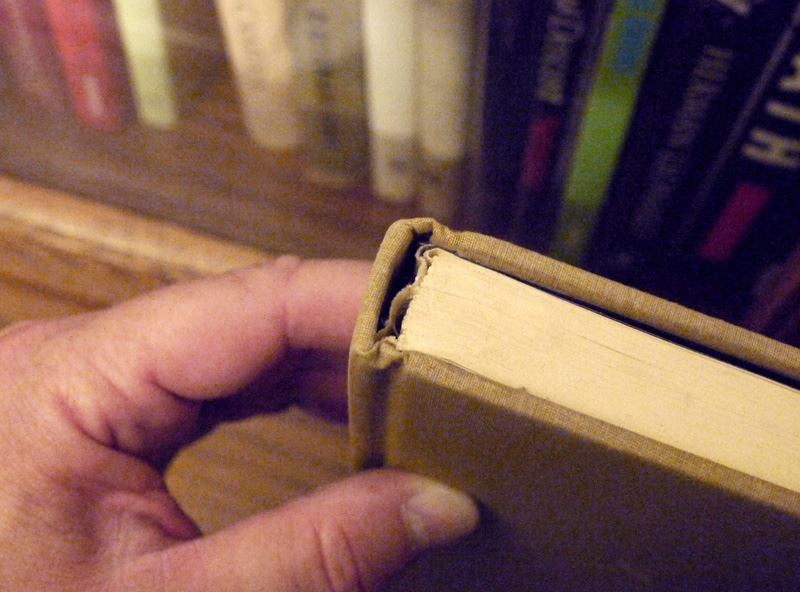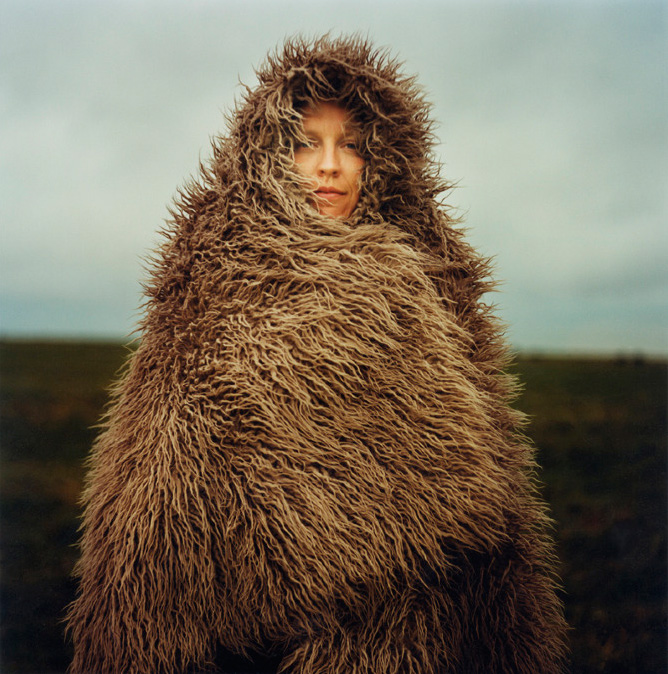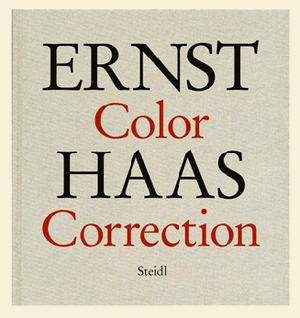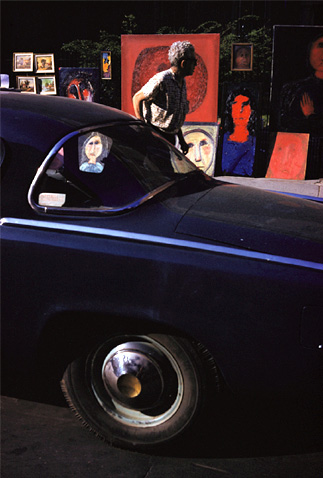So...long story, but I have to get new carpet in the house.
Turns out a lot of carpet is made of really nasty stuff...the fibers, underlayment, and treatments can all emit VOCs, and carpet is the #1 cause of indoor air pollution.
My carpet is apparently worse than that. The guy who lived here before me was—let's not speak ill of the departed—frugal, and carpeted the whole house with very cheap, very poor-quality carpeting. This nasty cheap carpeting, it turns out, has been slowly disintegrating, and it's what makes our house so dusty (you find this out with an environmental test that involves setting out a patch of sticky plastic similar to a large piece of transparent tape for a prescribed amount of time, then sending it in to a lab to get whatever settled on it analyzed). Meanwhile, both my son and I have had chronic respiratory problems...which are very probably the fault of, but in any case are not helped by, all the tiny cheap-crap carpet fibers suspended in our indoor air that we've been breathing all these years.
So I have to get the carpet out of here. Starting with the biggest piece, in the living room.
This, however, is a considerably bigger job than you might think. I'm told I have to empty out the living room for the carpetlayers. And the living room in my 1000-square-foot house is almost a third of the entire area of the house. All the other rooms are smaller (some, like closets, much smaller) and have significant portions of their square footage already occupied by things like beds and furniture, and bathroom and kitchen fixtures. The bottom line is that there's not enough room in the rest of the house to accommodate all the stuff from the living room as we try to empty it.
The worst problem: about 750 books, a good portion of them oversized, in four large bookcases. You can't move the books in the bookcases, but the bookcases need to go out of the room.
So I'm in the process of laboriously boxing up all the books and putting them on 2x2 runners in the basement (the basement can get wet, and water and books do not get along). Then we'll move the furniture to the garage, while the car temporarily resides in the driveway.
Once the living room is empty, it seems like it should be painted before the new carpet goes in...that way if the painters get paint on the old carpet, nobody cares. And before I get it painted, I should probably replace the 55-year-old windows. But all that means I'll have to coordinate several sets of workmen unless I want to leave my house torn up for an indeterminate amount of time.
One task leads to another.
So anyway, on to the subject of this review: the Kindle.
I first wrote about my then-new Kindle in December 2010 (it says Part I, but I never got around to Part II*). Here's the executive summary: first I loved it, then I fell out of love with it and stopped using it much, and now I find myself using it more and more. I don't love it any more, but I do like it quite a lot. (End of executive summary.)
Three things make the experience of reading on a Kindle worthwhile: first, every book can be a large print book. You can adjust any book to the type size you prefer. Secondly, the Kindle Lighted Cover, which you can find on this page. The built-in LED light is much handier than you might think. I don't use it very often, but when I need it I really appreciate it. Finally, it's very satisfying to be reading a book review in a magazine in the middle of the night, open the Kindle, download the book, and be reading the book within minutes—without leaving your bed or chair.
I've gotten very used to reading on the Kindle, to the point that I've actually bought a few Kindle books that I already owned hardcopies of.
There are a few things I don't like about it: mainly, its inherent typographical inelegance, which deprives me of a pleasure I do get from real books, and second, the fact that it deprives me of visual orientation. There's no physical sense of where you are in a book as you read, and no distinctive physicality that makes one book different from another in size, feel, design, color, quality, and so forth. All books on the Kindle look alike...all books look like the Kindle. Flipping to and fro in a book isn't easy, and anyway you can't remember "about how far you were" when you found something you want to flip to.
Also, the Kindle store is a bit chaotic. Editorial quality control is a significant issue. For instance, the free version of Walden leaves out all the quotations (!). And you might not even know that unless you read the reviews. This criticism extends to the Kindle's interface, too—on mine, all I get is an alphabetical list of all the titles; there's no way to organize them any better than that. New ones might have been improved, I don't know.
The Kindle is really for what I've come to call "straight-through" books—books with just text that you read from start to finish, with no real need to skip around in them. And the more recent, the better—it means that the publisher will have been more likely to prepare the Kindle file with care. Just as I've bought Kindle books of titles I already owned in hardcopy, though, I've also bought hardcopies of books I only had on the Kindle. There's something reassuring about knowing what you have is in the fixed and immutable form approved by the author and the publisher.
But here's the niftiest thing about the Kindle, at least if you ask me today, after a hard day yesterday getting the great living room project started: I have 70 books on the Kindle, and I can lift them all literally with one finger. Seventy paper books fill about three boxes and make my back hurt. My seventy books on the Kindle weigh (with the case) exactly one pound (the newest one is lighter). And of course the Kindle can hold a lot more books than that without gaining a gram of weight.
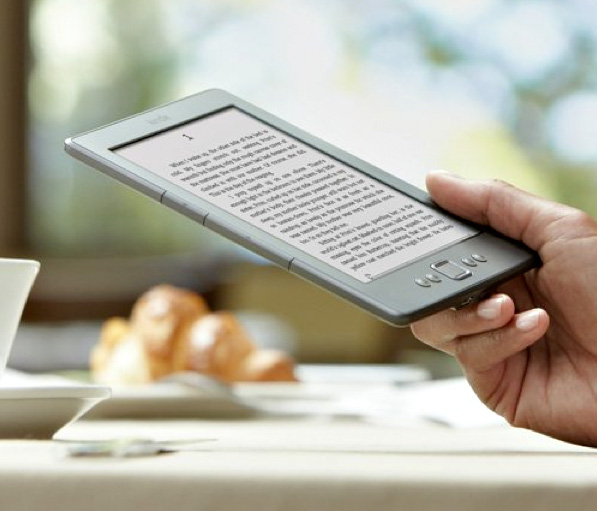 Can potentially replace up to 50 heavy boxes full of paper books...
Can potentially replace up to 50 heavy boxes full of paper books...
my aching back is jealous.
Of course, there are many types of books that are absolutely unsuited to the Kindle. Not only photography and art books and other illustrated books, but poetry, beautiful books of various kinds, antique books, signed books, books with personal meaning, heirlooms. And of course, as a quick glance at Amazon's Kindle page confirms, my Kindle is outdated now. My oldest paper book is outdated too...the lowercase F's look like S's, and the binding is shot. Of course, it was printed in Ireland in 1818, so some wear and tear is to be expected.
I don't know how many of my paper books I would be happy replacing with Kindle books, but a local bookshop has now taken more than 16 boxes of books from my house that became surplus to requirements in part because I now have the Kindle. Certainly, shabby old paperbacks of classics that are available on the Kindle for $0.00 up to a buck or two are no longer needed in physical form.
In fact, the Kindle seems to have created a shift in my buying habits: recently I seem to be buying fewer paper books, but better ones. My paper book collection has benefited, on the whole.
On balance, I like my Kindle, and I use it a fair amount. I would definitely get another one, especially at the modest price they fetch now.
Oh, and I now have half a dozen books on my phone, too, which I'll read happily for up to half a hour. It's really nice to have Huckleberry Finn with me when I find myself stuck in a doctor's waiting room...
...Like the doctor I'll have to go see about my back if I'm not careful about lifting all those boxes full of books.
Mike
*Unless you count this as Part II. Please?
"Open Mike" is a series of off-topic posts that appear on TOP on Sundays.
Send this post to a friend
Please help support TOP by patronizing our sponsors B&H Photo and Amazon
Note: Links in this post may be to our affiliates; sales through affiliate links may benefit this site. More...
Original contents copyright 2012 by Michael C. Johnston and/or the bylined author. All Rights Reserved.
Featured Comment by Ivan: "I own Kindle Touch and like almost all about it except for one major thing (as you put it): 'inherent typographical inelegance.' What makes the matter worse, there is absolutely no technical reason or limitation to provide richer typographical experience. Kindle could handle more fonts (as Nook does) and publishers could format ebooks much better. But it seems to me that nobody cares. Perhaps they are protecting paper books market by intentionally degrading ebook visual quality, similar to what the movie industry initially did by supporting VHS format."
Featured Comment by dwig: "I second Gill's recommendation of using calibre as a library management and conversion tool. I also suggest that anyone seriously interested in ebooks check out the forums at MobileRead. In addition to excellent forums, MR has its own user-contributed library of DRM free ebooks. These are generally very carefully formatted ebooks done by amateur craftsmen."
Featured Comment by Steve Rosenblum: "I am in complete agreement with your Kindle experience. I was an early adopter and went through the same sequence of initially really liking it, then nearly abandoning it, and now a modest resurgence in Kindle use. I agree with the general inelegance and disorientation of the reading experience. If you really love books as 'objects' onto themselves then Kindle will not scratch your itch. The other issue for me is that I frequently read a book and then hand it on to a family member or friend so that a single book may be read by many people. You can only do that in a limited way with Kindle by loading the book once to someone else with a Kindle. The access that Amazon Prime members have to free Kindle content on 'loan' has alleviated this somewhat.
"Where the Kindle really shines is if you travel quite a bit—you can take as many books or other content with you as you like and it weighs next to nothing. Kindles have been heavily adopted by road warriors. Also, the ability to acquire a book instantly is hard to resist. The convenience is starting to win me over."
